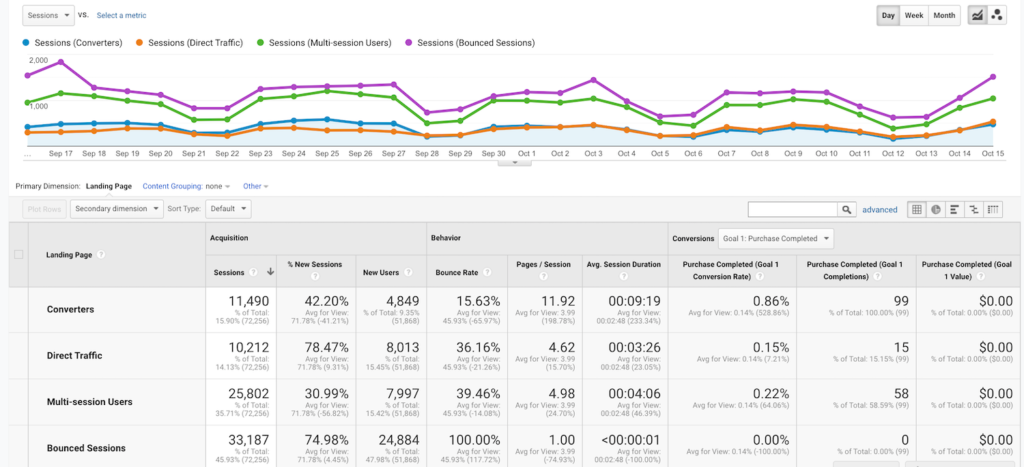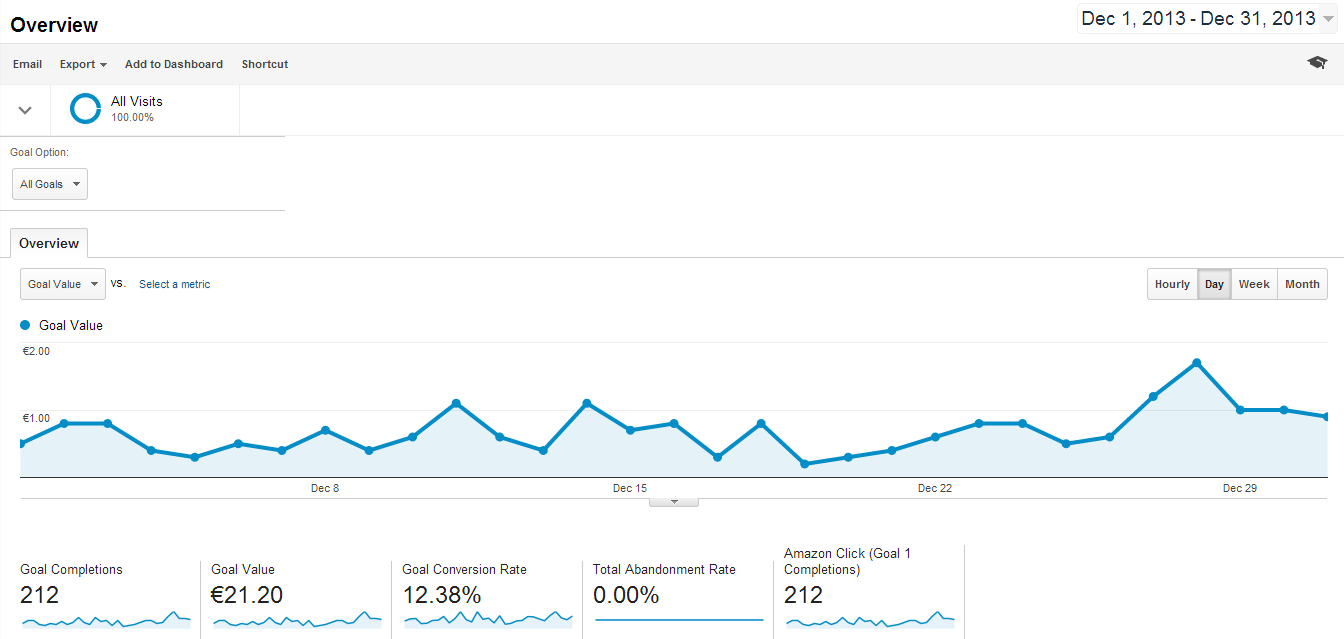Discover What Data Is Google Analytics Goals Unable to Track
Discover What Data Is Google Analytics Goals Unable to Track
Blog Article
Revealing the Blind Attractions: Understanding What Google Analytics Goals Can not Measure
In the realm of digital analytics, Google Analytics stands as a powerful device for tracking and assessing online user interactions. Nevertheless, in the middle of its durable capabilities, there exist unseen areas that frequently avert measurement. Comprehending what Google Analytics objectives can not gauge is critical for gaining a comprehensive sight of user actions and interaction. As we delve right into the complexities of these dead spots, we reveal an intricate web of uncharted territories that hold useful insights right into customer actions and motivations, difficult traditional wisdom and dropping light on the limitations of our data-driven understanding.
User Behavior on External Platforms
Understanding just how individuals connect on external systems is important for maximizing online strategies. Outside systems, such as social networks networks, referral websites, and on the internet discussion forums, play a substantial duty in driving web traffic to a business's web site. By assessing individual actions on these platforms, organizations can acquire useful understandings right into the efficiency of their marketing initiatives and the choices of their target audience.
One key aspect of user actions on external platforms is the reference resource. By tracking where the individuals are originating from, companies can identify which platforms are driving the most traffic to their site. This information can help companies assign their resources much more properly, concentrating on the systems that yield the ideal results.

Offline Interactions and conversions
Evaluating individual actions on exterior platforms provides important insights into online approaches; however, considering offline conversions and communications is similarly vital for a detailed understanding of a firm's overall efficiency. While Google Analytics stands out at tracking online interactions, it drops brief in catching the total client trip that often includes offline touchpoints. Offline conversions, such as in-store acquisitions or phone questions, play a significant function in numerous organizations' success. Ignoring these interactions can lead to a distorted sight of the effectiveness of advertising campaigns and overall business efficiency.

Attribution Beyond Last Click
When delving right into the world of digital advertising and marketing analytics, it comes to be necessary to look beyond the single touchpoint of the last click for an extra thorough understanding of attribution. While Google Analytics offers valuable understandings into customer habits, relying only on last-click attribution can be restricting - what data is google analytics goals unable to track. Acknowledgment designs that surpass the last click provide a much more nuanced view of the customer journey, taking into account all the touchpoints that result in a conversion
Acknowledgment beyond the last click permits marketing experts to designate credit history to numerous interactions along the conversion path, offering a clearer photo of the effectiveness of different marketing networks. By exploring multi-touch acknowledgment designs such as linear, time degeneration, or position-based attribution, businesses can much better assign their marketing budgets and maximize their methods for maximum impact.
Recognizing the influence of each touchpoint in the conversion process is crucial for making educated decisions and making the most of ROI. By embracing acknowledgment beyond the last click, businesses can get deeper insights right into consumer habits and customize their marketing initiatives more successfully.
Cross-Device and Cross-Browser Tracking

In a similar way, cross-browser monitoring complements cross-device monitoring by recording user habits as they change in between various internet internet browsers. Comprehending just how users engage with internet sites on numerous browsers can help marketing professionals enhance their on view website the internet experiences to make sure uniformity and capability throughout different platforms.
Qualitative Data and Individual Intent
Comprehending individual intent with qualitative data analysis is essential for creating targeted electronic advertising and marketing strategies that resonate with the demands and choices of the target audience. Qualitative information supplies insights right into the 'why' behind customer activities, dropping light on inspirations, emotions, and choices that quantitative data alone can not capture. By evaluating individual feedback, comments, and communications, marketing professionals can uncover beneficial information about user intent, allowing them to tailor their messaging, Full Article material, and offerings to much better line up with what their target market is looking for.
Qualitative information likewise assists in comprehending the context in which customers involve with an internet site or app. This contextual understanding allows marketers to produce more personalized and pertinent experiences, ultimately driving greater involvement and conversion prices. By delving into individual intent with qualitative information evaluation, companies can obtain a much deeper understanding of their target audience, causing a lot more effective advertising and marketing strategies that fulfill customers' requirements and expectations.
Conclusion
In final thought, Google Analytics click to read goals have constraints in determining user behavior on exterior platforms, offline conversions, acknowledgment beyond last click, cross-device and cross-browser monitoring, and qualitative information associated to user intent. what data is google analytics goals unable to track. It is crucial for companies to be conscious of these dead spots in order to supplement their data evaluation with other devices and approaches to get an extra comprehensive understanding of their audience and improve their general electronic advertising and marketing techniques
By assessing user behavior on these systems, businesses can acquire beneficial understandings into the efficiency of their marketing initiatives and the choices of their target audience.
Analyzing user actions on external systems gives important insights right into on-line methods; nonetheless, thinking about offline conversions and interactions is equally imperative for a thorough understanding of a firm's overall performance.In electronic advertising and marketing analytics, relocating beyond last-click attribution to explore cross-device and cross-browser tracking is vital for getting an alternative understanding of individual interactions across various platforms and devices. By analyzing user feedback, remarks, and communications, marketers can uncover valuable info regarding user intent, allowing them to customize their messaging, web content, and offerings to better align with what their audience is looking for.
By diving into user intent via qualitative data analysis, businesses can obtain a much deeper understanding of their target audience, leading to a lot more efficient marketing strategies that fulfill individuals' assumptions and requirements.
Report this page